Process Tritiated Water through a Bioreactor: An Ideal Model for Dealing the Fukushima Wastewater
DOI: 10.23977/analc.2023.020114 | Downloads: 20 | Views: 1528
Author(s)
Leyi Li 1,2
Affiliation(s)
1 Beijing 101 High School, 11# Yiheyuan Road, Beijing, China
2 Pioneer Research Course, Oberlin College, Oberlin, Ohio, USA
Corresponding Author
Leyi LiABSTRACT
The existing tritium management is marked by high energy and financial costs. It is dangerous to directly release such a radioactive element into the environment. To deal with this dilemma, this paper proposes a model of a bioreactor that can detritiate the wastewater depending on plants’ tritium incorporation ability. Tritiated water (HTO) can be converted into organically bounded tritium (OBT) through photosynthesis and various metabolism processes and the stored in plants. Seaweeds and bryophytes can be candidates for the tritium absorber. The incorporated tritium can be processed through a combination of freeze-drying and oven-drying methods and then stored separately, decaying into the stable helium-3.
KEYWORDS
Tritium, Bioreactor, DetritiationCITE THIS PAPER
Leyi Li, Process Tritiated Water through a Bioreactor: An Ideal Model for Dealing the Fukushima Wastewater. Analytical Chemistry: A Journal (2023) Vol. 2: 108-114. DOI: http://dx.doi.org/10.23977/analc.2023.020114.
REFERENCES
[1] Eyrolle, F., Ducros, L., Dizès, S. L., Beaugelin-Seiller, K., Charmasson, S., Boyer, P., & Cossonnet, C. (2018). An updated review on tritium in the environment. Journal of Environmental Radioactivity, 181, 128–137. https://doi.org/ 10. 1016/j.jenvrad.2017.11.001
[2] Eyrolle-Boyer, F., Boyer, P., Claval, D., Charmasson, S., & Cossonnet, C. (2014). Apparent enrichment of organically bound tritium in rivers explained by the heritage of our past. Journal of Environmental Radioactivity, 136, 162–168.
[3] Zhao, C., Wang, G., Zhang, M., Wang, G., Bezhenar, R., Maderich, V., Xia, C., Zhao, B., Jung, K. T., Periáñez, R., Akhir, M. F., Sangmanee, C., & Qiao, F. (2021). Transport and dispersion of tritium from the radioactive water of the Fukushima Daiichi nuclear plant. Marine Pollution Bulletin, 169, 112515. https://doi.org/10. 1016/j. marpolbul.2021.112515
[4] Kim, S., Baglan, N., & Davis, P. A. (2013). Current understanding of organically bound tritium (OBT) in the environment. Journal of Environmental Radioactivity, 126, 83–91. https://doi.org/10.1016/j.jenvrad.2013.07.011
[5] Boyer, C., Vichot, L., Fromm, M., Losset, Y., Tatin-Froux, F., Guétat, P., & Badot, P. (2009). Tritium in plants: A review of current knowledge. Environmental and Experimental Botany, 67(1), 34–51. https://doi.org/ 10. 1016/j. envexpbot.2009.06.008
[6] Eyrolle, F., Copard, Y., Lepage, H. et al. Evidence for tritium persistence as organically bound forms in river sediments since the past nuclear weapon tests. Sci Rep 9, 11487 (2019). https://doi.org/10.1038/s41598-019-47821-1
[7] Kim, S.-B., & Roche, J. (2013). Empirical insights and considerations for the OBT inter-laboratory comparison of environmental samples. Journal of Environmental Radioactivity, 122, 79–85. doi: 10.1016/j.jenvrad.2013.03
[8] Melintescu, A., & Galeriu, D. (2011). Dynamic model for tritium transfer in an aquatic food chain. Radiation and Environmental Biophysics, 50(3), 459–473. https://doi.org/10.1007/s00411-011-0362-0
[9] IAEA. (2023). IAEA Comprehensive Report on the Safety Review of the Alps-treated Water at the Fukushima Daiichi Nuclear Power Station. International Atomic Energy Agency https://www.iaea.org/sites/ default/files/ iaea_ comprehensive_alps_report.pdf
[10] Nogrady, B. (2023). Is Fukushima wastewater release safe? What the science says. Nature, 618(7967), 894–895. https://doi.org/10.1038/d41586-023-02057-y
[11] Zhao, C., Wang, G., Zhang, M., Wang, G., Bezhenar, R., Maderich, V., Xia, C., Zhao, B., Jung, K. T., Periáñez, R., Akhir, M. F., Sangmanee, C., & Qiao, F. (2021). Transport and dispersion of tritium from the radioactive water of the Fukushima Daiichi nuclear plant. Marine Pollution Bulletin, 169, 112515. https://doi.org/ 10. 1016/j. marpolbul.2021.112515
[12] Boniface, H., Gnanapragasam, N. V., Ryland, D., Suppiah, S., & Perevezentsev, A. (2017). Water Detritiation System for ITER—Evaluation of design parameters. Fusion Science and Technology, 71(3), 241–245. https://doi.org/ 10.1080/ 15361055.2017.1290970
[13] Fu, Q., Feng, X., Yin, X., Song, Y., & Xu, Y. (2021). A highly efficient and stable catalyst for liquid phase catalytic exchange of hydrogen isotopes in a microchannel reactor. International Journal of Hydrogen Energy, 46(43), 22446–22453. https://doi.org/10.1016/j.ijhydene.2021.04.073
[14] Wu Z.; Hu S.. Tritium Removal from Tritiated Heavy Water[J]. Journal of Isotopes, 2021, 34(1): 89-95.
[15] Belot, Y., 1986. Tritium in plants: a review. Radiat. Prot. Dosim. 16 (1–2), 101–105.
[16] Baburajan, A., Sudheendran, V., Gaikwad, R. H., Ravi, P., Nayak, R., D’Souza, S. R., & Karunakara, N. (2019). Tissue free water tritium (TFWT) and organically bound tritium (OBT) in marine eco system at Tarapur on the west coast of India. Journal of Radioanalytical and Nuclear Chemistry, 323(3), 1431–1441. https://doi.org/10.1007/s10967-019-06861-7
[17] Kim, S. B., Workman, W., & Davis, P. A. (2008). Experimental investigation of buried tritium in plant and animal tissues. Fusion Science and Technology, 54(1), 257–260. https://doi.org/10.13182/fst08-a1807
[18] Kim, S., & Korolevych, V. (2013). Quantification of exchangeable and non-exchangeable organically bound tritium (OBT) in vegetation. Journal of Environmental Radioactivity, 118, 9–14. https://doi.org/10.1016/j.jenvrad.2012.11.006
[19] Diabaté, S., & Strack, S. (1997). Organically bound tritium in wheat after short-term exposure to atmospheric tritium under laboratory conditions. Journal of Environmental Radioactivity, 36(2–3), 157–175. https://doi.org/10.1016/s0265-931x(97)84985-5
[20] Mišurcová, L. (2011). Chemical Composition of Seaweeds. Handbook of Marine Macroalgae, 171–192. https://doi.org/10.1002/9781119977087.ch7
[21] Mao, L., Lu, K., Yu, M., Dong, S., Cui, F., Zhang, Y., Diwu, J., Chai, Z., & Wang, S. (2023). Algae induced tritium organification promotes human exposure risk. Research Square (Research Square). https://doi.org/10.21203/rs.3.rs-3256924/v1
[22] Bonotto, S., Arapis, G., Mellet, J., Hoursiangou-Neubrun, D., Cinelli, F., Belcari, P., Gerber, G. B., & Kirchmann, R. (1984). Behavior of tritium in the marine environment: Uptake and distribution of tritiated water and of tritiated organic compounds in unicellular and multicellular algae. Hydrobiologia, 116–117(1), 187–189. https://doi.org/ 10.1007/bf00027662
[23] Daillant, O., Kirchner, G., Pigrée, G., & Porstendörfer, J. (2004). Lichens as indicators of tritium and radiocarbon contamination. Science of the Total Environment, 323(1–3), 253–262. https://doi.org/10.1016/j.scitotenv.2003.09.030
[24] Daillant, O., Boilley, D., Gerzabek, M. H., Porstendörfer, J., & Tesch, R. (2004). Metabolised tritium and radiocarbon in lichens and their use as biomonitors. Journal of Atmospheric Chemistry, 49(1–3), 329–341. https://doi.org/10.1007/s10874-004-1245-4
[25] Abla, K. K., & Mehanna, M. M. (2022). Freeze-drying: A flourishing strategy to fabricate stable pharmaceutical and biological products. International Journal of Pharmaceutics, 628, 122233. https://doi.org/ 10. 1016/j. ijpharm.2022.122233
[26] Moses, V., & Calvin, M. (1959). Photosynthesis studies with tritiated water. Biochimica Et Biophysica Acta, 33(2), 297–312. https://doi.org/10.1016/0006-3002(59)90117-9
[27] Omega Institute. (2021). The eco machine. eomega.org. https://www.eomega.org/center-sustainable-living/eco-machine
| Downloads: | 1415 |
|---|---|
| Visits: | 83714 |
Sponsors, Associates, and Links
-
Forging and Forming

-
Composites and Nano Engineering
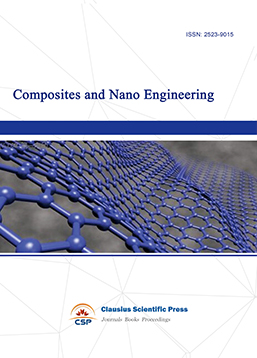
-
Journal of Materials, Processing and Design
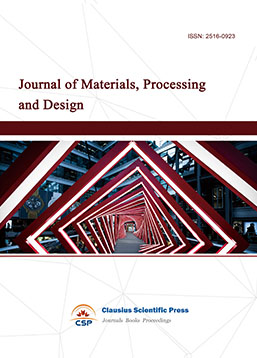
-
Metallic foams
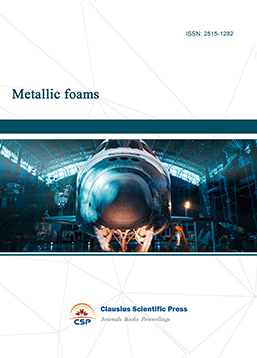
-
Smart Structures, Materials and Systems

-
Chemistry and Physics of Polymers
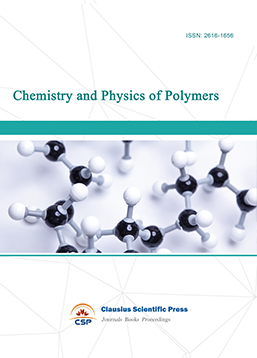
-
Modern Physical Chemistry Research
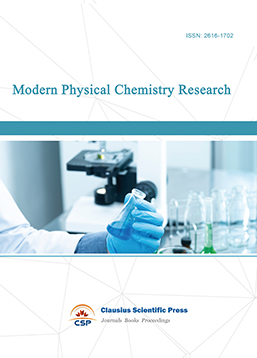
-
Inorganic Chemistry: A Journal

-
Organic Chemistry: A Journal
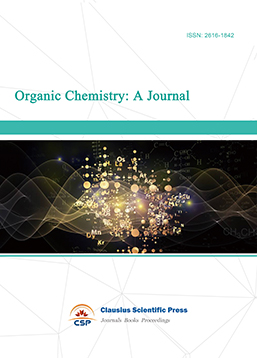
-
Progress in Materials Chemistry and Physics

-
Transactions on Industrial Catalysis
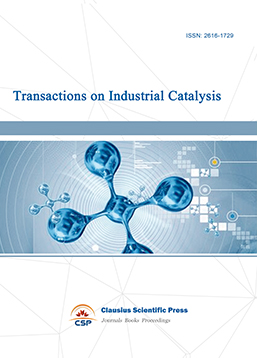
-
Fuels and Combustion

-
Casting, Welding and Solidification
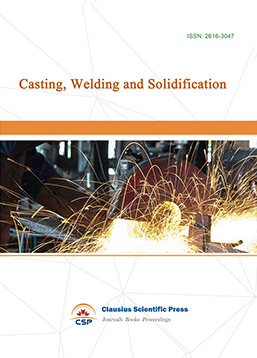
-
Journal of Membrane Technology
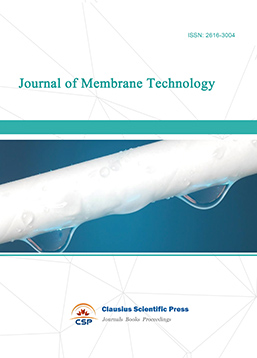
-
Journal of Heat Treatment and Surface Engineering
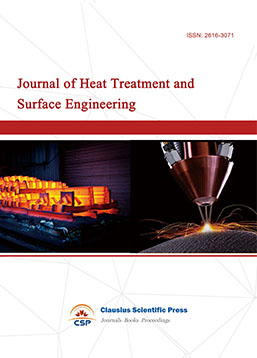
-
Trends in Biochemical Engineering

-
Ceramic and Glass Technology

-
Transactions on Metals and Alloys
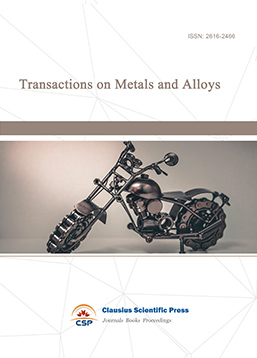
-
High Performance Structures and Materials
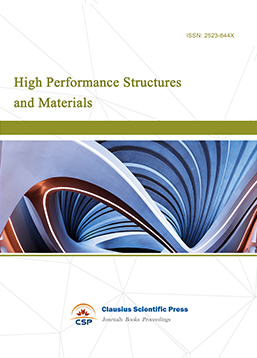
-
Rheology Letters

-
Plasticity Frontiers

-
Corrosion and Wear of Materials

-
Fluids, Heat and Mass Transfer

-
International Journal of Geochemistry
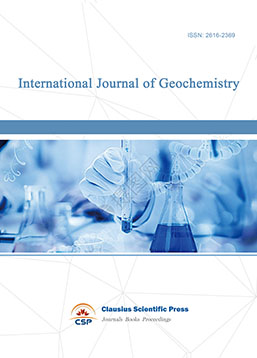
-
Diamond and Carbon Materials
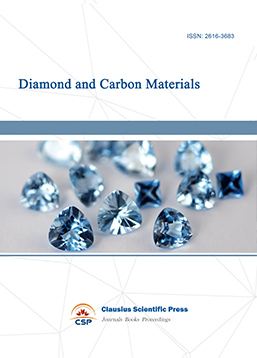
-
Advances in Magnetism and Magnetic Materials
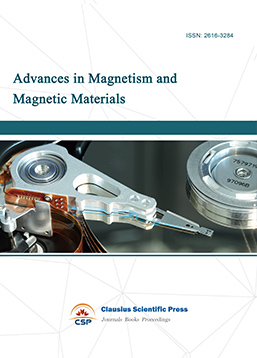
-
Advances in Fuel Cell

-
Journal of Biomaterials and Biomechanics
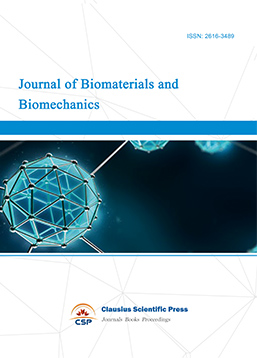

 Download as PDF
Download as PDF